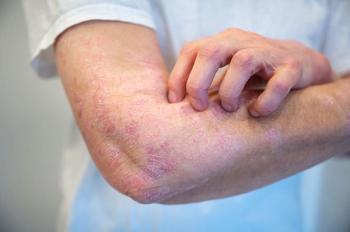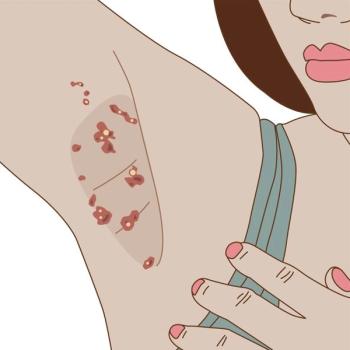
The Mysterious Case of the Infant with Red Cheeks
Lesions are warm to the touch; exam is unremarkable. Does mom have the answer? Do you?
Indurated annular lesions appeared on this 9-month-old boy's cheeks overnight. He was previously well. Have a virtual seat in the Acute Care Clinic where Dr Jon Schneider and his resident puzzle over the potential causes of these nontender patches. What do you suspect? Â
References:
Epstein EH Jr, Oren ME.
Grassi S, Borroni RG, Brazzelli V.
Quesada-Cortes A, Campos-Munoz L, Diaz-Diaz R, Casado-Jimenez M.
Rajkumar SV, Laude TA, Russo RM, Gururaj VJ.
Ter Poorten JC, Hebert AA, Ilkiw R.
Schwartz RA. Cold panniculitis. eMedicine Web site. Accessed May 20 and available at:
Newsletter
Enhance your clinical practice with the Patient Care newsletter, offering the latest evidence-based guidelines, diagnostic insights, and treatment strategies for primary care physicians.






























































































































































































































































































































